Temat gwiazdek MICHELIN w ostatnim czasie jest na ustach wielu z nas, ponieważ pierwszy raz, po pandemicznej przerwie, zostały przyznane gwiazdki i rekomendacje dla restauracji z wielu krańców świata. Czy jednak wszyscy wiemy skąd wziął się pomysł na stworzenie gwiazdek MICHELIN? Od kiedy są przyznawane? I dlaczego jest to tak ważne wyróżnienie dla najwybitniejszych kucharzy i szefów kuchni?
W edycji 2023 MICHELIN Guide Poland pojawiły się 22 nowości, co daje w sumie 49 rekomendowanych restauracji: 18 w Krakowie, 11 w Poznaniu, 1 w Kościelisku i 19 w Warszawie. Po raz pierwszy w Polsce przyznano dwie gwiazdki MICHELIN – trafiły one do Bottiglieria 1881 w Krakowie. Wśród restauracji nagrodzonych jedną gwiazdką znalazły się: poznańska MUGA oraz warszawska NUTA. Miano Bib Gourmand otrzymało 6 restauracji w Polsce.
I tu podrzucamy małą ściągę – co oznacza Bib Gourmand? Co to za wyróżnienie?
Bib Gourmand prawdopodobnie bierze swoją nazwę od słynnego symbolu postaci Michelin, Bibendum. Nie zapominajmy, że przewodnik Michelin został pierwotnie wydany przez firmę oponiarską. Ale co tak naprawdę reprezentuje Bib Gourmand? Wyróżnia dobre restauracje oferujące wyrafinowaną kuchnię w przystępnej cenie. Pierwotnie uznawało się, że cena menu w restauracjach Bib Gourmand nie może przekroczyć 32 euro na prowincji i 36 euro w Paryżu. W tej cenie nagrodzona nagrodami Bib Gourmand restauracja musi oferować pełne menu, obejmujące przystawkę, danie główne i deser, z doskonałym stosunkiem ceny do jakości. Chociaż Bib Gourmand jest oczywiście mniej prestiżowy niż gwiazdka Michelin, nagradza restauracje wysokiej jakości.
źródło: https://facefoodmag.com
Wróćmy jednak do meritum – jaka jest historia przewodnika Michelin?
Początki przewodnika MICHELIN sięgają przełomu XIX i XX wieku i zostały zainspirowane zaskakującym obrotem wydarzeń, które z kuchnią… mają niewiele wspólnego. Pierwszy przewodnik MICHELIN został opracowany w 1900 roku przez założycieli i francuskich przemysłowców, braci Andre i Edouarda Michelin. Celem przewodnika było wzbudzenie popytu na… samochody, a tym samym na opony MICHELIN.
Pierwszy przewodnik MICHELIN wydrukowano w nakładzie 35 000 egzemplarzy. Zawierał on mapy oraz instrukcje dotyczące naprawy i wymiany opon. Była tam również lista restauracji, hoteli, mechaników i stacji benzynowych wzdłuż popularnych tras we Francji. Ponieważ w całej Francji było tylko kilkaset samochodów, przewodnik został rozdany za darmo w nadziei na zachęcenie francuzów do zakupu pojazdów. W ciągu pierwszej dekady istnienia przewodnik MICHELIN szybko się rozrósł i stał się dostępny w całej Europie, a także w Afryce Północnej. Chociaż przewodniki zawierały cenne informacje o restauracjach, ostatecznym celem braci Michelin był wzrost sprzedaży i mnożenie zysków dla ich branży oponiarskiej.

źródło: https://guide.michelin.com/th/en/history-of-the-michelin-guide-th
Ewolucja systemu gwiazdek MICHELIN
Wybuch I wojny światowej w 1914 roku tymczasowo wstrzymał produkcję przewodnika, ale już w 1920 roku wróciła ona na właściwe tory. W tym momencie bracia Michelin postanowili podnieść jakość przewodnika, wyeliminować reklamy i zacząć zarabiać na tej publikacji.
Pierwsze gwiazdki MICHELIN zostały przyznane w 1926 roku. Każda z nich otrzymała jedną gwiazdkę, jeśli uznano je za „elegancką restaurację”. Co ciekawe, wszystkie pochodziły z Francji. W 1931 roku system ocen rozszerzył się do trzygwiazdkowej oceny MICHELIN, która trwa do dziś. W przeciwieństwie do większości systemów oceny gwiazdkowej, jedna gwiazdka nie jest zła. Każda liczba gwiazdek przyznanych restauracji oznacza ogromny zaszczyt i rzadkie osiągnięcie.
W czasie II wojny światowej wydawanie przewodnika zawieszono. Został on wznowiony dopiero pod koniec 1939 roku, ponieważ zawierał mapy przydatne dla sił alianckich. Jednak w tym czasie ocena MICHELIN została zredukowana do systemu dwugwiazdkowego z powodu niedoborów żywności.
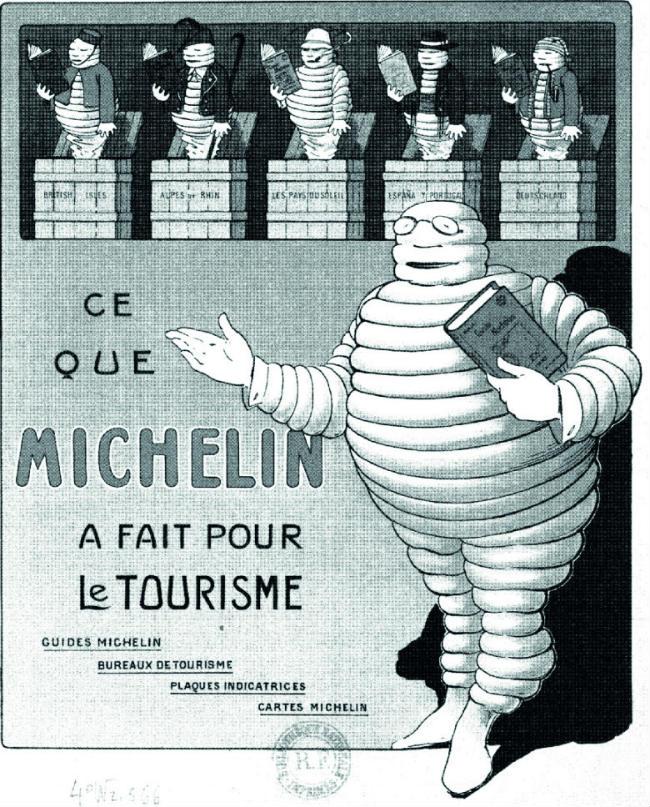
źródło: Aventure Michelin
W 1955 roku firma Michelin opracowała system ocen, który wyróżniał restauracje serwujące dania wysokiej jakości w umiarkowanych cenach, zwany Bib Gourmand. Podkreśla on możliwości gastronomiczne, które bardziej odzwierciedlają standardy ekonomiczne. Ponieważ oceny są dostosowywane do regionu i kraju w oparciu o koszty utrzymania, Bib Gourmand daje gościom szansę na dobre jedzenie bez wydania na nie fortuny.
Przewodnik Michelin w XXI wieku
Gwiazdka MICHELIN pojawiła się w Stanach Zjednoczonych dopiero w 2005 roku i w tym przypadku skoncentrowano się wyłącznie na wykwintnych restauracjach w Nowym Jorku. Obecnie przewodnik MICHELIN zawiera recenzje restauracji w wybranych miastach USA, w tym w Chicago, Nowym Jorku, Los Angeles, Las Vegas i San Francisco.
Pięć krajów z największą liczbą restauracji z gwiazdkami MICHELIN (2022):
Francja: 758 Japonia: 554 Włochy: 432 Niemcy: 384 Stany Zjednoczone: 276
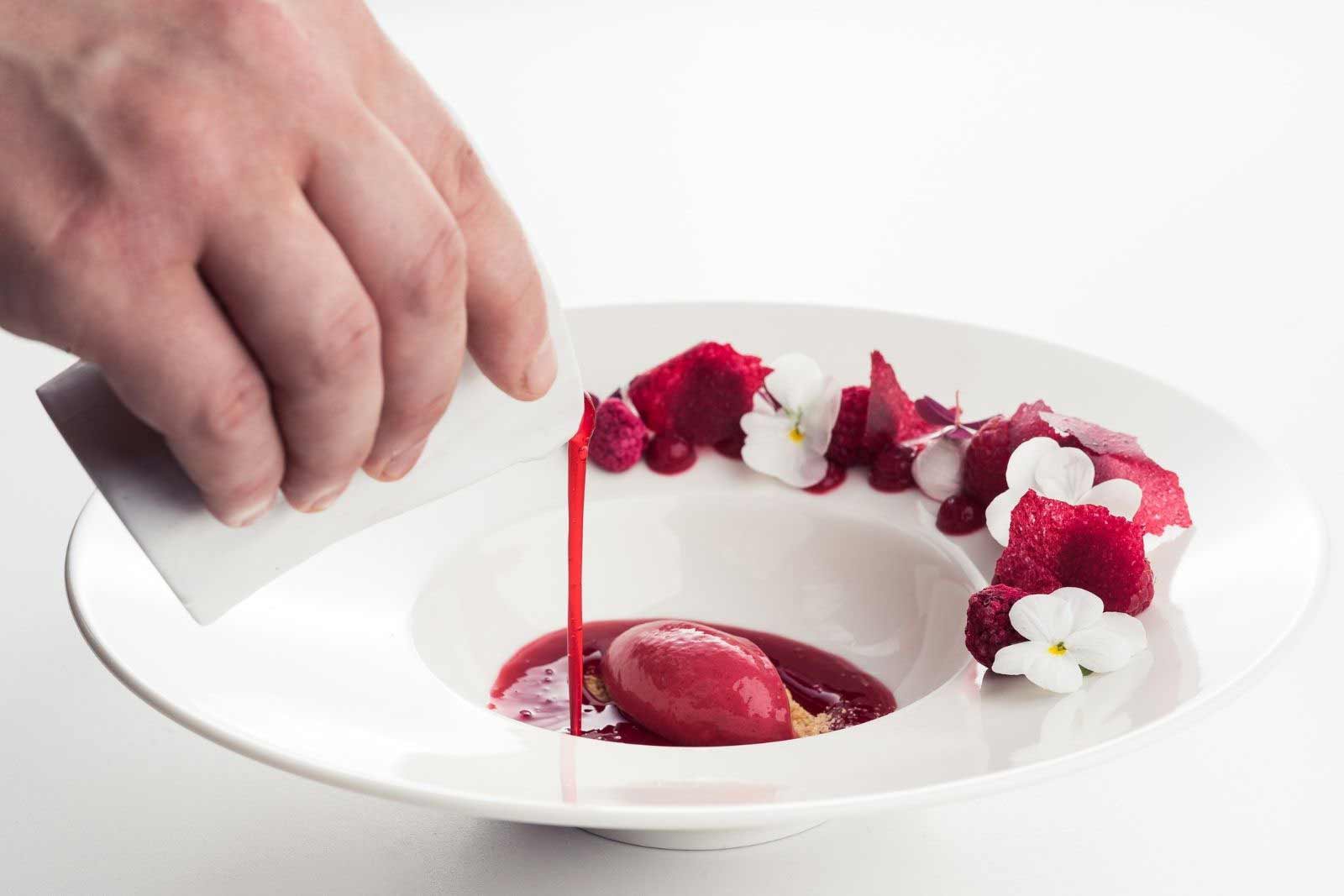
źródło: https://investinestonia.com/michelin-guide-arrives-in-estonia/
W jaki sposób restauracja otrzymuje gwiazdkę Michelin?
Najpierw zespół Przewodnika MICHELIN wybiera kilka restauracji w określonych lokalizacjach, które zostaną sprawdzone przez anonimowego recenzenta. Po wizycie inspektora w wybranej restauracji, sporządzają obszerny raport na temat całości doznań kulinarnych, w tym jakości i prezentacji potraw, a także innych kryteriów oceny przedstawionych poniżej.
Następnie grupa inspektorów MICHELIN spotka się, aby przeanalizować raporty i szczegółowo przedyskutować, które restauracje zasługują na gwiazdkę MICHELIN (lub dwie lub trzy). Elementy restauracji, takie jak atmosfera, wystrój i jakość usług, oficjalnie nie są brane pod uwagę w raporcie, ale wielu uważa, że całość doświadczenia może podświadomie zabiegać o względy recenzentów.
5 kryteriów oceny restauracji inspektora MICHELIN:
- Jakość produktów
- Opanowanie smaku i technik gotowania
- Osobowość szefa kuchni reprezentowana w doświadczeniu kulinarnym
- Wartość doświadczenia pod kątem jakości i ceny
- Spójność między wizytami inspektorów
Jak ważne są gwiazdki MICHELIN?
Bez wątpienia restauracje, które otrzymują gwiazdkę Michelin zyskują prestiż i zwykle uzyskują wzrost popularności. Jednak ze względu na bardzo wysokie oczekiwania w systemie ocen, na całym świecie rośnie tendencja do odrzucania gwiazdek MICHELIN – niektórzy restauratorzy domagają się nawet usunięcia przyznanych ich wyróżnień. Uważają, że oczekiwania systemu gwiazd są nierozsądne i ograniczają kreatywność szefa kuchni.
Mimo to w dzisiejszym przemyśle kulinarnym wciąż obserwujemy ogromny szacunek dla kultowego systemu ocen MICHELIN. Niektórzy restauratorzy posuwają się nawet do stwierdzenia, że jest to jedyna ocena, która ma znaczenie, ponieważ jest autentyczna, a inspektorzy MICHELIN należą do nielicznych, którzy pozostają całkowicie anonimowi podczas recenzowania restauracji. Chociaż (teoretycznie) niektóre restauracje twierdzą, że nauczyły się rozpoznawać inspektora, teoretycznie przypadkowy gość będzie miał dokładnie takie same doświadczenia jak inspektor.


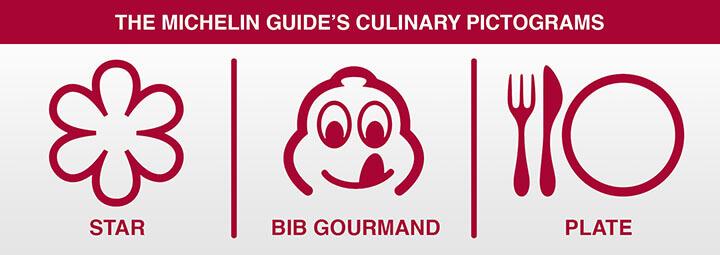

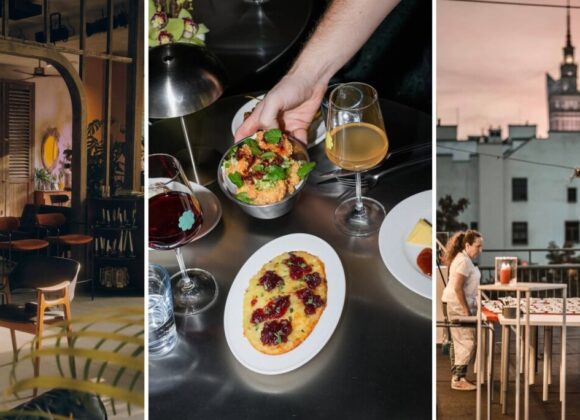
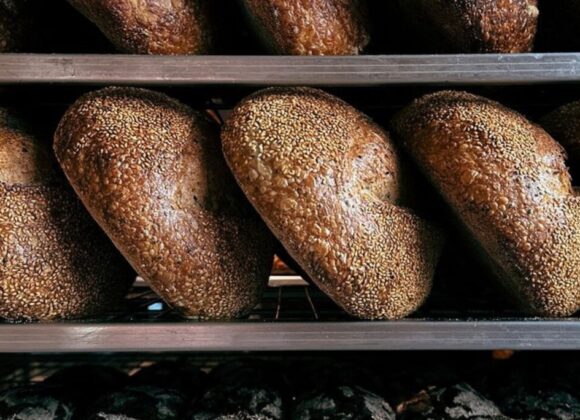

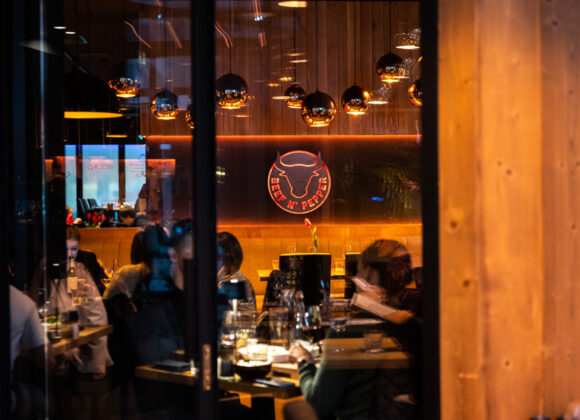
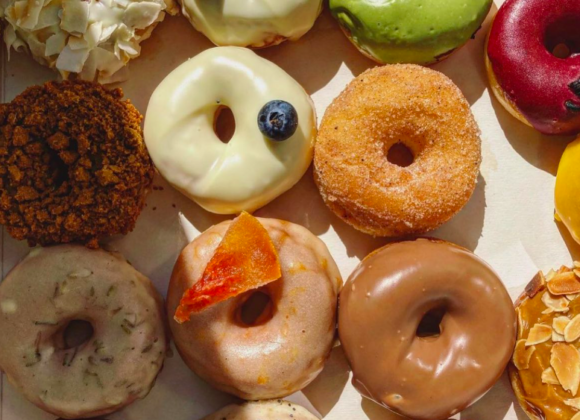


 Młodszy specjalista ds. komunikacji marketingowej i PR.
Młodszy specjalista ds. komunikacji marketingowej i PR.


 Absolwent Uniwersytetu Warszawskiego oraz Szkoły Głównej Gospodarstwa Wiejskiego. W branży HoReCa od ponad 10 lat. Przez lata związany z Grupą Trip, Sobienie Królewskie Golf and Country Club oraz restauracją Florentin w Warszawe.
Absolwent Uniwersytetu Warszawskiego oraz Szkoły Głównej Gospodarstwa Wiejskiego. W branży HoReCa od ponad 10 lat. Przez lata związany z Grupą Trip, Sobienie Królewskie Golf and Country Club oraz restauracją Florentin w Warszawe. Absolwentka Wydziału Architektury Politechniki Warszawskiej na kierunku Architecture for Society of Knowledge oraz Komunikacji Wizualnej na Politecnico di Milano. Specjalistka od budowania nastroju. Doświadczenie zdobywała w kraju i zagranicą podczas licznych warsztatów międzynarodowych (Sevilla, Lizbona, Florencja), stypendium na La Sapienza (Rzym) oraz pracując m.in. w Carmi e Ubertis i ADM Milano.
Absolwentka Wydziału Architektury Politechniki Warszawskiej na kierunku Architecture for Society of Knowledge oraz Komunikacji Wizualnej na Politecnico di Milano. Specjalistka od budowania nastroju. Doświadczenie zdobywała w kraju i zagranicą podczas licznych warsztatów międzynarodowych (Sevilla, Lizbona, Florencja), stypendium na La Sapienza (Rzym) oraz pracując m.in. w Carmi e Ubertis i ADM Milano.








 Menedżer z wieloletnim doświadczeniem w branżach kosmetycznej, spożywczej, dziecięcej. W trakcie swojej kariery związany z firmami takimi jak: L’Oreal, Samsung, Danone-Nutricia, Unilever. W ciągu swojego życia zawodowego odpowiadał między innymi za rozwój sprzedaży i contentu eCommerce w Polsce i krajach Europy Środkowo-Wschodniej.
Menedżer z wieloletnim doświadczeniem w branżach kosmetycznej, spożywczej, dziecięcej. W trakcie swojej kariery związany z firmami takimi jak: L’Oreal, Samsung, Danone-Nutricia, Unilever. W ciągu swojego życia zawodowego odpowiadał między innymi za rozwój sprzedaży i contentu eCommerce w Polsce i krajach Europy Środkowo-Wschodniej. 

























































